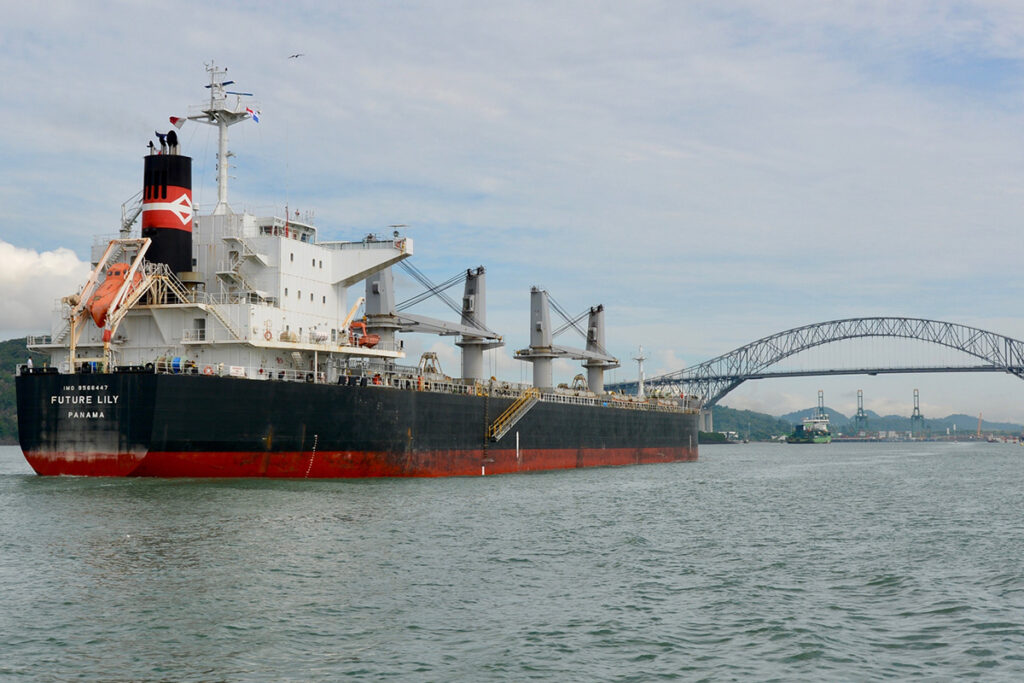In the complex world of maritime transportation, understanding the intricate details of charterparties is crucial for shipowners and charterers alike. One of the essential components of these agreements is the LAYCAN (Lay Days and Cancellation Days) mechanism.
This article delves into the concept of LAYCAN, its significance in charterparties, and the impact of freight rates on charter cancellations.
Furthermore, we explore the charterers’ right to cancel and claim damages, the implications of the canceling date, the importance of the laycan window, and the need for flexibility among charterers in managing their cargo transport requirements.

What is LAYCAN?
LAYCAN, a combination of ‘lay days’ and ‘cancellation’, represents the time window within which a ship must arrive at the agreed port or place for loading. A charterparty typically specifies lay/can with a range of dates, such as “lay/can 25/30th April.”
This indicates that the laydays commence on the 25th of April, and the canceling date is the 30th of April. The ship must arrive on or after the 25th of April and before the 30th of April.
The charterer has the right to refuse to load if the ship arrives before the first date, as the cargo may not be available. If the ship arrives after the canceling date, the charterer can cancel the ship and find an alternative vessel to transport their cargo.
The Impact of Freight Rates on Charter Cancellation
When a ship arrives late, and freight rates have decreased since the charter was fixed, the charterer may choose to cancel the ship and secure a cheaper alternative.
On the other hand, if rates have increased and the charterer confirms they still want the ship, the owner must proceed with the charter. Shipowners must carefully calculate the costs of a proposed voyage using a voyage estimate, comparing it to the anticipated freight to determine whether the voyage will be profitable. It is crucial for the owner to know the duration of the intended voyage, as the calculations are based on income per day.
Delays can significantly impact the profitability of a voyage, turning a potentially lucrative trip into a loss-making endeavor.
Charterers’ Right to Cancel and Claim Damages
Charterparties often include a clause that grants the charterer the right to cancel the charterparty if the ship does not arrive at the loading port in a ready-to-load condition by a specified time and date. This option exists regardless of whether the late arrival is due to a breach by the owner.
If the vessel arrives late and the owner is not protected by a charterparty exception clause, the charterer can cancel the charterparty and claim damages. However, if the vessel arrives late due to a reason covered by an exception clause, the charterer can still cancel the charterparty but cannot claim damages for the vessel’s late arrival.
The Canceling Date and its Implications
The canceling date is the final layday and serves as the deadline for presenting the chartered vessel for loading. If the vessel has not arrived by this date, the charterer may reject the ship and cancel the charter. The canceling clause usually specifies that charterers cannot cancel the charter before the stated canceling date, even if it is apparent that the vessel will not reach the loading port on time.
The Importance of the Laycan Window
The laycan window is crucial to ensure that a ship arrives within the specified time frame, avoiding the risk of cancellation. In The Front Commander (2006), Rix L.J. defined laycan as: (a) the earliest day upon which an owner can expect their charterer to load, and (b) the latest day upon which the vessel can arrive at its appointed loading place without risking cancellation. Ships often arrive early to guarantee their presence within the laycan window.
Charterers’ Need for Flexibility and the Laycan Mechanism
Charterers may encounter situations where no ships offer their services, or the fixed ship does not arrive on time. Purchase contracts for charterers’ cargoes usually indicate specific loading dates, with penalties imposed on the charterer if the vessel fails to arrive promptly. Charterers need the ability to cancel a late ship and find an alternative solution, such as securing an earlier substitute vessel.
In some cases, charterers may cancel a more expensive vessel in a falling market to fix a cheaper alternative. The laycan mechanism, with its flexible range of dates, allows charterers to manage such risks effectively. However, different charters may have varying ways of addressing late readiness, highlighting the importance of understanding the specific terms of each charterparty.
- Types of Gas Carriers as per IGC Code – April 22, 2025
- Wind-Assisted Propulsion Systems (WAPS): A Game Changer for Maritime Decarbonization – February 6, 2025
- 10 Boat Salvage Yards in California – January 25, 2025




